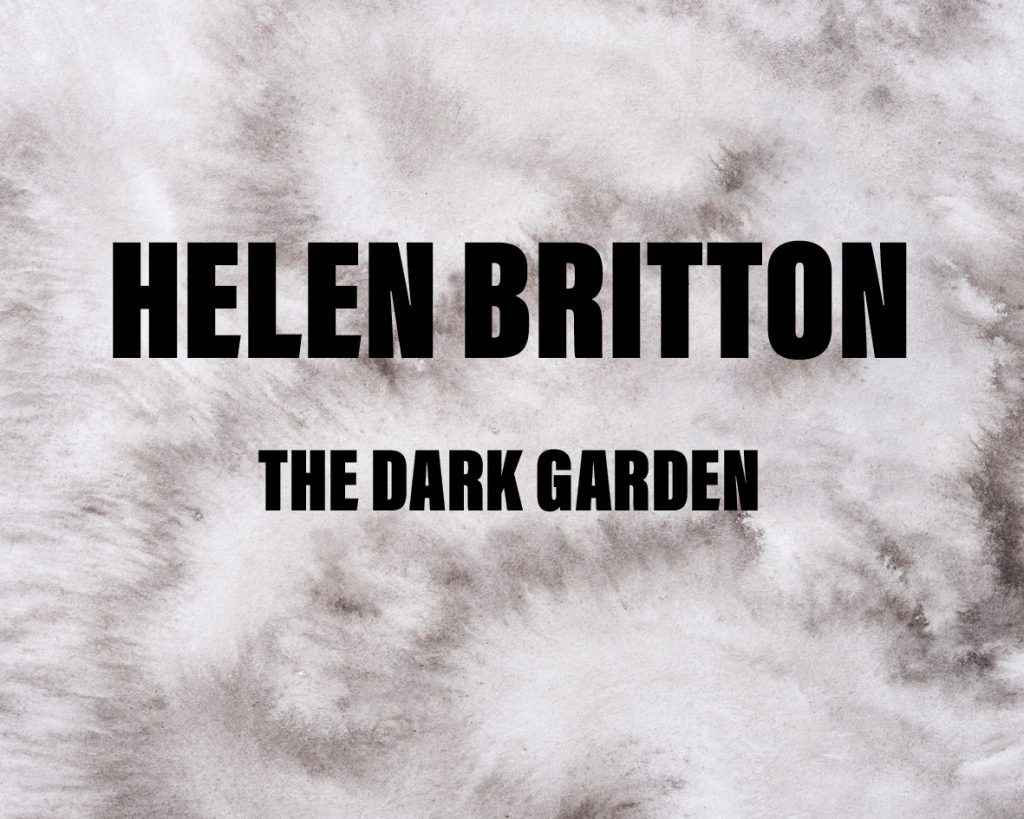Galleria Antonella Villanova is pleased to resume its exhibition activities on Saturday, May 15, 2021 with a show entitled The Dark Garden by Helen Britton.
The project was conceived for the gallery in Foiano della Chiana just under a year and a half ago, and over time it developed a structure in several “acts”, following the changing seasons, observing the unfolding of this year that has brought a planetary, national, local and existential crisis.
As the title suggests, Britton has created a composition that corresponds to the first act, a garden that’s almost a sort of bas-relief, made up of 34 small pendants and pins representing trees, flowers, insects and, in their midst, a few knives.
Black is the predominant color of these little jewelry-sculptures, expressing an obfuscated and obscured existence, but also an allusion to the terrible images of the devastating fires that broke out at the beginning of 2020 in Australia, the artist’s homeland.
The colorful, ironic pop culture elements that have always characterized this artist’s work seem to have been toned down in this first stage, but without losing any of their intensity. Because while it is true that a garden is always a locus of emotions and of care (and Britton feels a perfect harmony between this place and how she sees her work), it is also true that it cannot always be protected simply by being enclosed or fenced in.
But thanks to its very capacity to be a fluid, permeable border zone, elements of other possible gardens began to shed their melancholy and regain light, vitality and color in the form of those complex little jewels that Britton conjures up out of the collusion of the most diverse inspirations. “What a strange period,” she says, “to start to infuse new life into the Dark Garden! Right now, I felt obliged to ask myself, what can my contribution be?” The answer was to get back to working with the guilelessness of a child, a condition that often hides violence behind gaiety, and to seek to render this planet a better, safer place, even for the tiny animals and flowers that have once again begun to animate her other “garden”.
During this phase of her work, Britton also created numerous drawings, water-colored shapes that contrast with elements defined by clean lines, aggregations of the varied external stimuli that nourish her world. The little cement sculptures that made up the third point of the artist’s conceptual platform also seem to be agglomerations of various elements – architectural forms with Capodimonte porcelain inserts. With the arrival of spring, says Antonella Villanova, who has been a strong supporter of the exhibition from the outset, “The project was completed, and Helen Britton composed a new multicolored garden of 24 jewels – once again, little trees, insects and animals. The color scheme of the new garden suggests a real, tangible hope. Black has left The Dark Garden, as we are sure that it will soon depart from our lives.”
With its articulated presentation of works (drawings, sculptures and jewelry), the exhibition is not meant to be viewed as a simple diary, even though it grew out of a period of seclusion. Rather, it embodies the constant interrogation that characterizes our experience of this time, during which the world and the everyday still demanded our attention. They are the same questions and considerations that a gardener raises while working amid her flowers and plants day after day; and in this care and attention she receives more answers than the gives, because – as the French landscapist Gilles Clement maintains – “a garden can’t be taught – it is the teacher.” Especially when it returns once again to full color after having been black.
